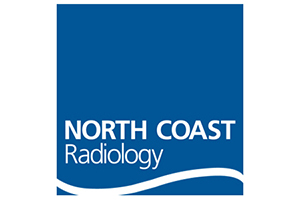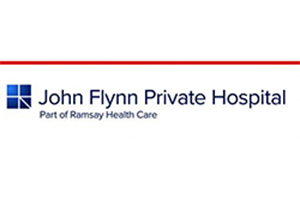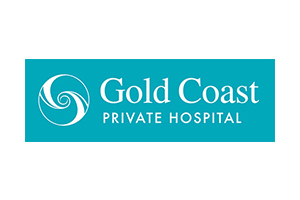In late July NSW Health Pathology’s Lismore laboratory geared up for any possible upsurge in demand for COVID-19 testing, having already exceeded 20,000 tests on patient samples collected at public hospitals and mobile clinics between Tweed Heads and Grafton, and along the coast.
In late July Glenn Hawkins, the lab’s Manager of Microbiology, said, “Our laboratory is currently averaging around 300 diagnostic COVID-19 tests per day, however we have the capacity to test up to 400, if needed.
Lismore is part of NSW Health Pathology’s network of 12 specialist laboratories across the state conducting COVID-19 diagnostic testing, around half of them are in regional areas.
“The availability of local COVID-19 testing in regional laboratories will deliver greater testing capacity and faster turnaround times for local communities,” Mr Hawkins added.
“Fast, accurate testing enables early diagnosis and management of COVID-19 cases, which is vital for the protection of the community and to curb the spread of the virus. NSW Health Pathology’s Lismore laboratory is also set up for rapid PCR testing, to be used for high-risk, high-priority cases where an urgent diagnosis is needed.
“These include the elderly, acutely unwell patients or those with pre-existing or chronic health conditions.”
NSW has one of the highest COVID-19 testing rates in the world. A total of 1,218,155 tests have been done, and more than 350,000 registrations for their pioneering SMS Results Service that has halved the average waiting time for negative results.
“As restrictions ease gradually, it is crucial to come forward for testing, even if you only have minor symptoms, to ensure we keep community transmission at bay,” Mr Hawkins said. “Anyone with flu-like symptoms, no matter how mild, should get tested. Common symptoms include cough, sore or scratch throat, shortness of breath or fever.”
Photos above courtesy of NSW Health Pathology (Lismore):
Stage 1 – Laboratory technician loading COVID-19 swab samples into sample tray.
Stage 2 – Instrument to extract the DNA from the sample for testing.
Stage 3 – DNA amplifying and detection robot – this is the diagnostic part of the test.
















